It’s wonderful how potted plants can bring greenery to even the smallest spaces, but not every plant thrives in such confined quarters. Some simply aren’t suited to life in pots, no matter how much care they receive, often because they have deep roots, specific growing needs, or simply need to spread out. So, you shouldn’t ever grow the following plants in a pot, or they’ll undoubtedly struggle.
Sweet Corn
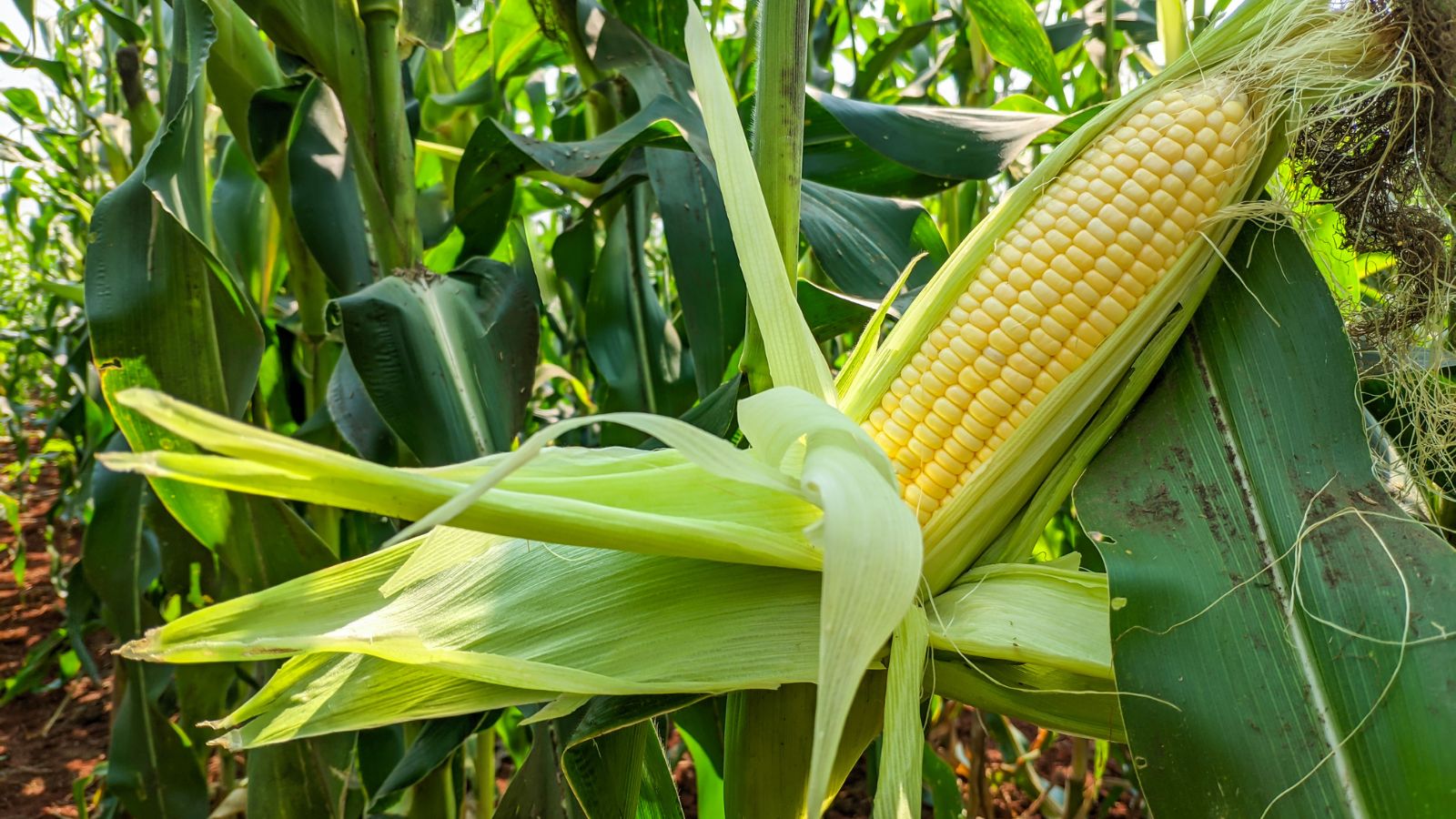
We would highly recommend you plant corn for your next harvest, but it’s really not suited for pots. This is because its tall stalks need deep soil to anchor their roots as well as plenty of space to spread out. Even in large containers, corn can struggle with water retention and nutrients, so they’re much better suited to a full-sized garden bed.
Pumpkins
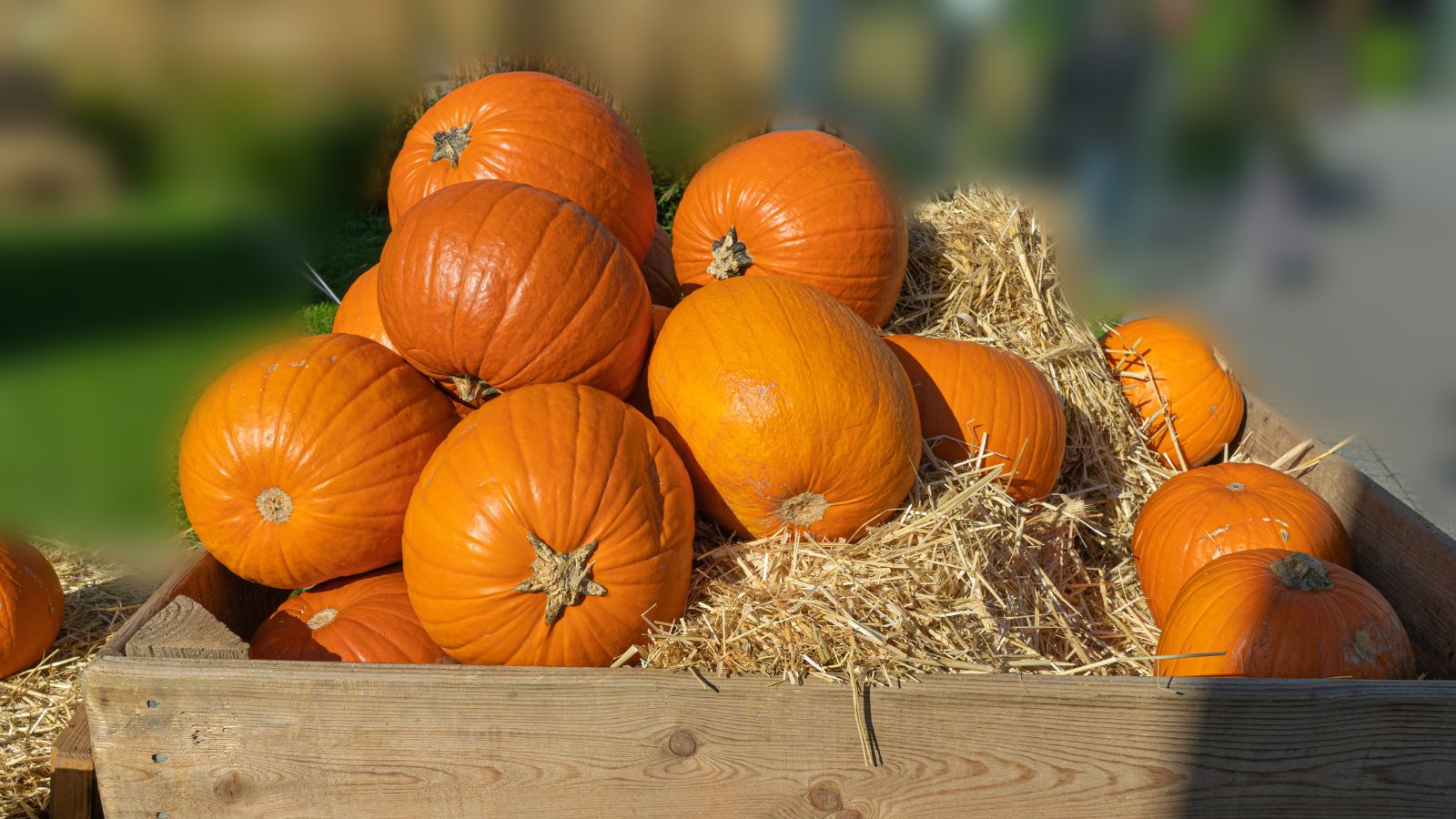
As you can probably gather from their sheer size, pumpkins are heavy feeders, requiring lots of room for both their roots and vines. As a result, their sprawling nature makes them poor candidates for container gardening, as even large pots can’t accommodate the space they need. Without room to grow, the vines will crowd each other, leading to weak growth and minimal fruit.
Rhubarb
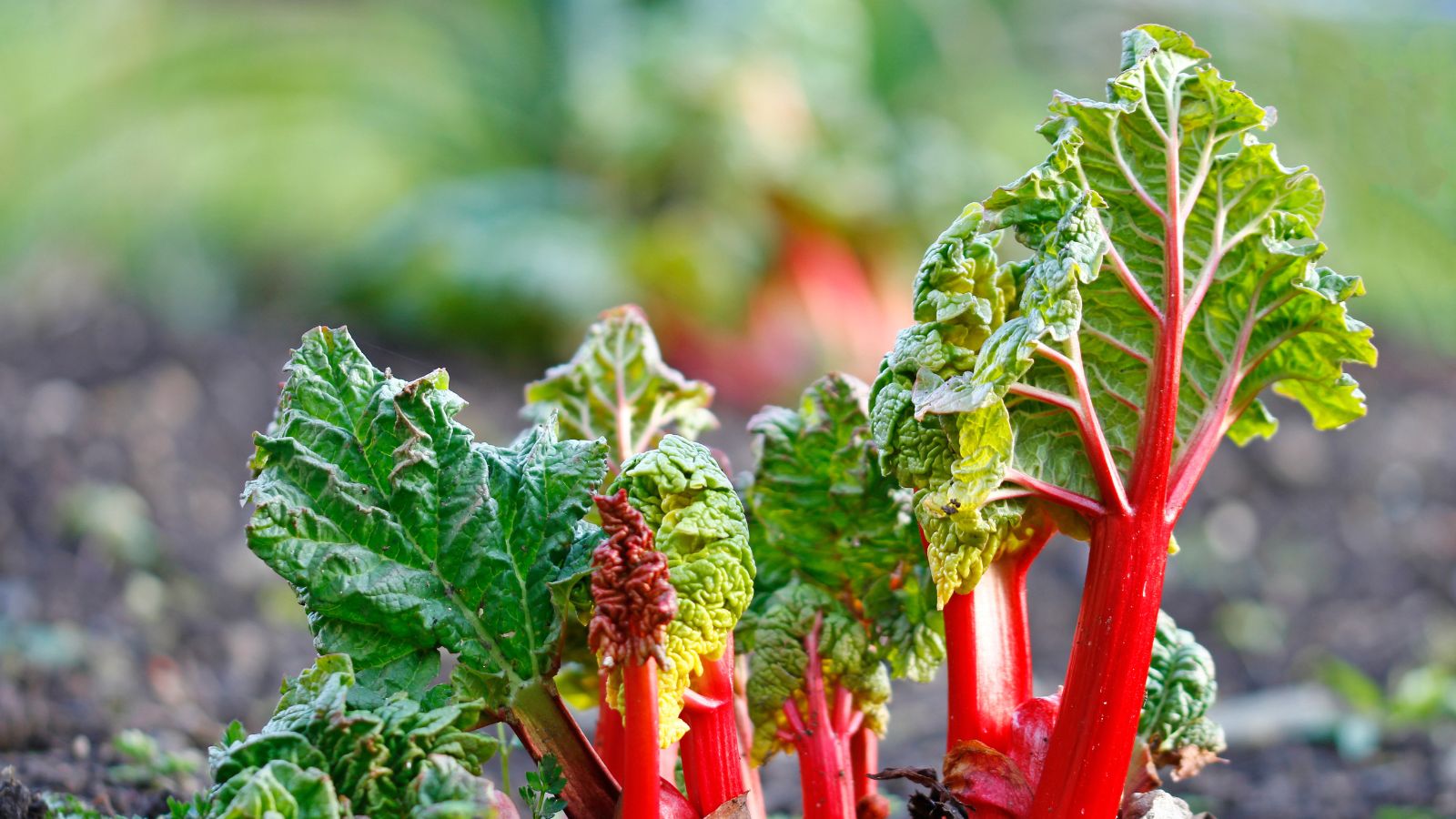
The large roots of rhubarb need deep soil to thrive, making pots a challenge for most varieties. It also doesn’t tolerate hot environments well, and pots can amplify heat exposure. Sure, there might be some smaller varieties of rhubarb that can survive in large containers, but even that won’t be a simple task. So, just stick to garden beds to avoid disappointment.
Asparagus
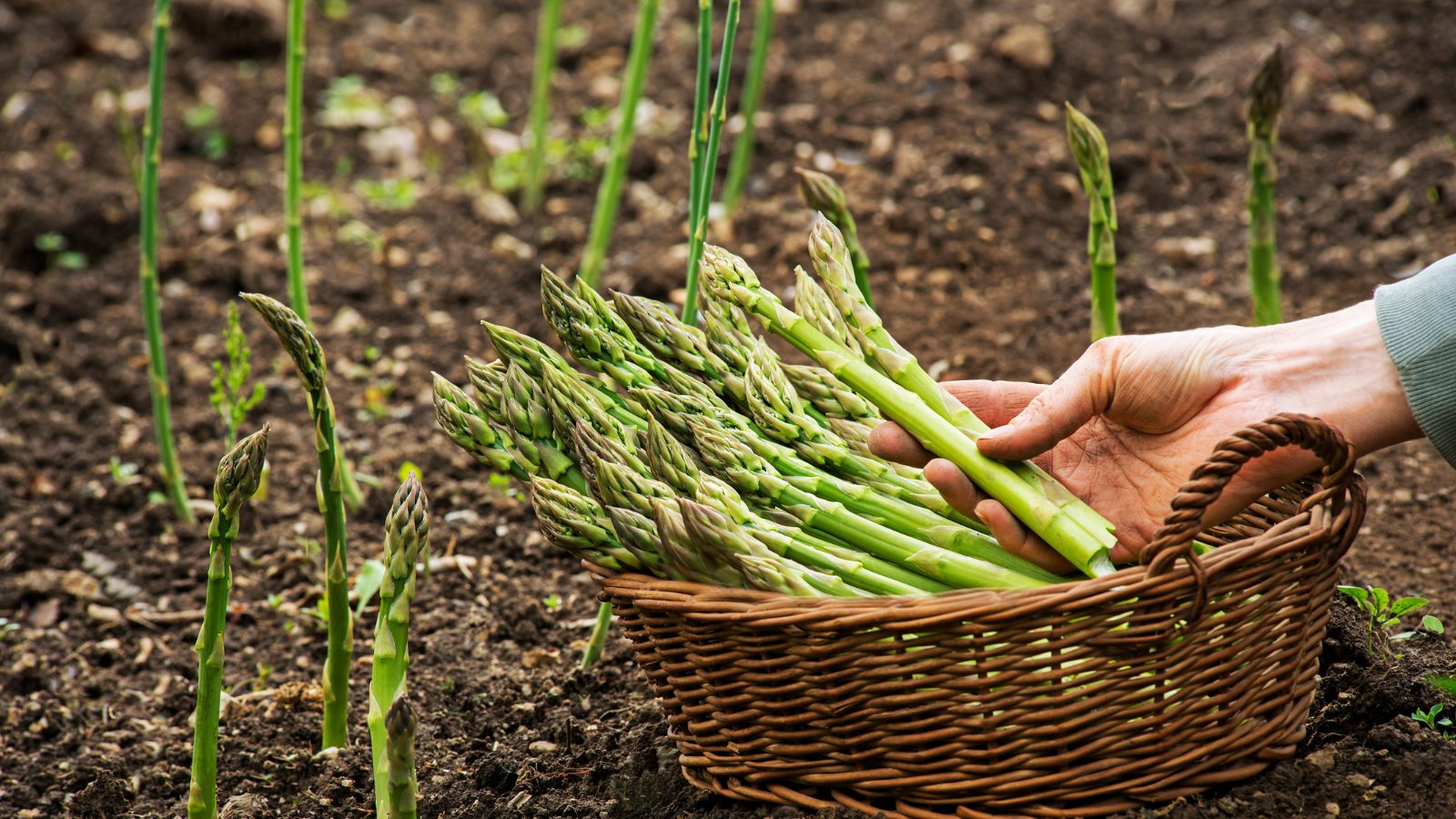
Another plant that you should never grow in pots is asparagus, which requires deep soil for its extensive root system. Furthermore, it does best when left undisturbed in the ground, allowing it to spread underground freely and produce spears year after year. Ultimately, confining it to a container would just limit its ability to grow properly, potentially making it thin, weak, or even fail completely.
Okra
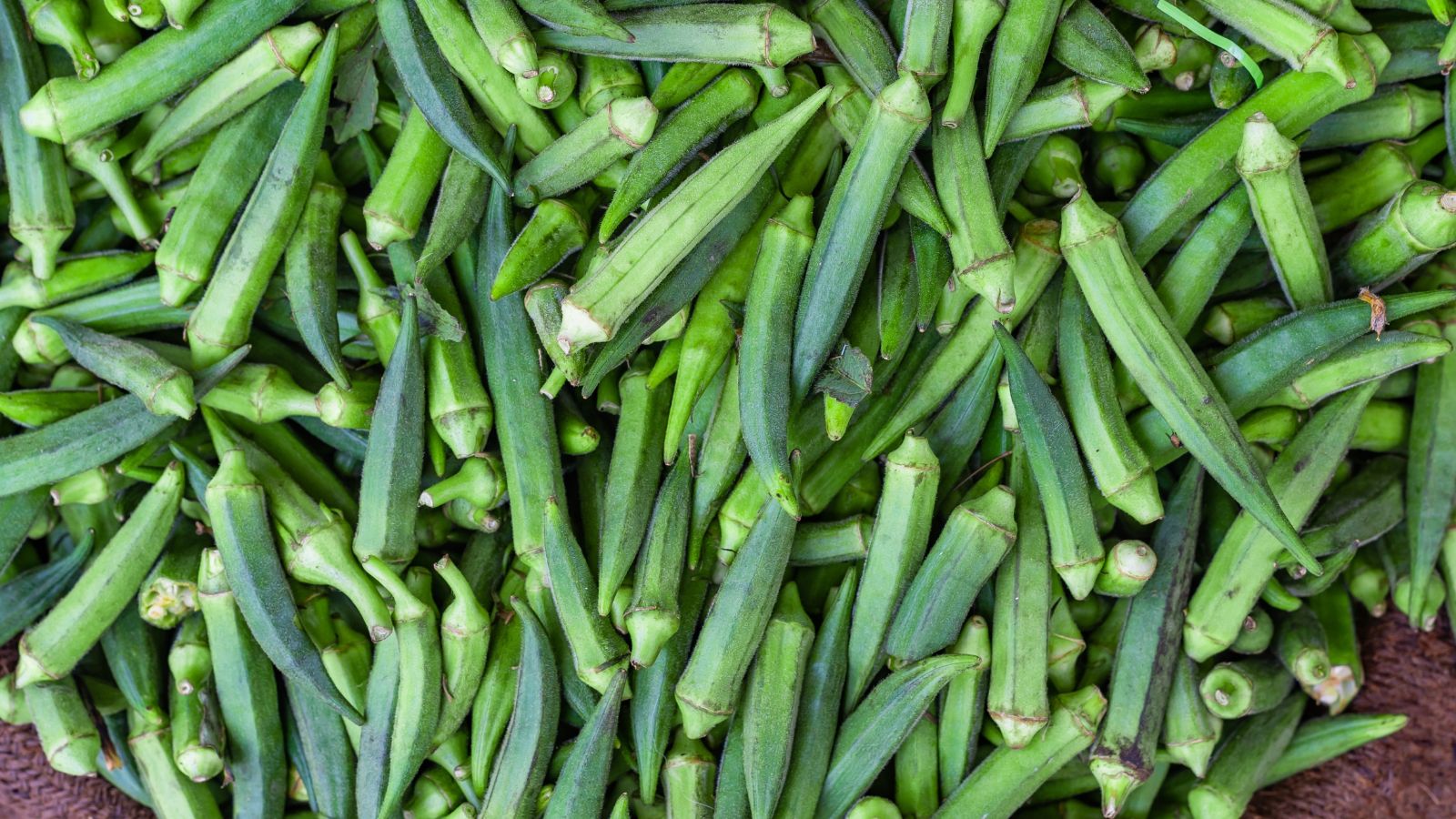
While okra can technically grow in extra-large containers, it’s not going to be easy. This warm-season vegetable needs consistent moisture and plenty of space for its roots, and maintaining such a balance in a pot isn’t easy. At the end of the day, okra grown in the ground has a much better chance of thriving, and when you start buying enormous pots, you may as well just ditch them completely.
Watermelons
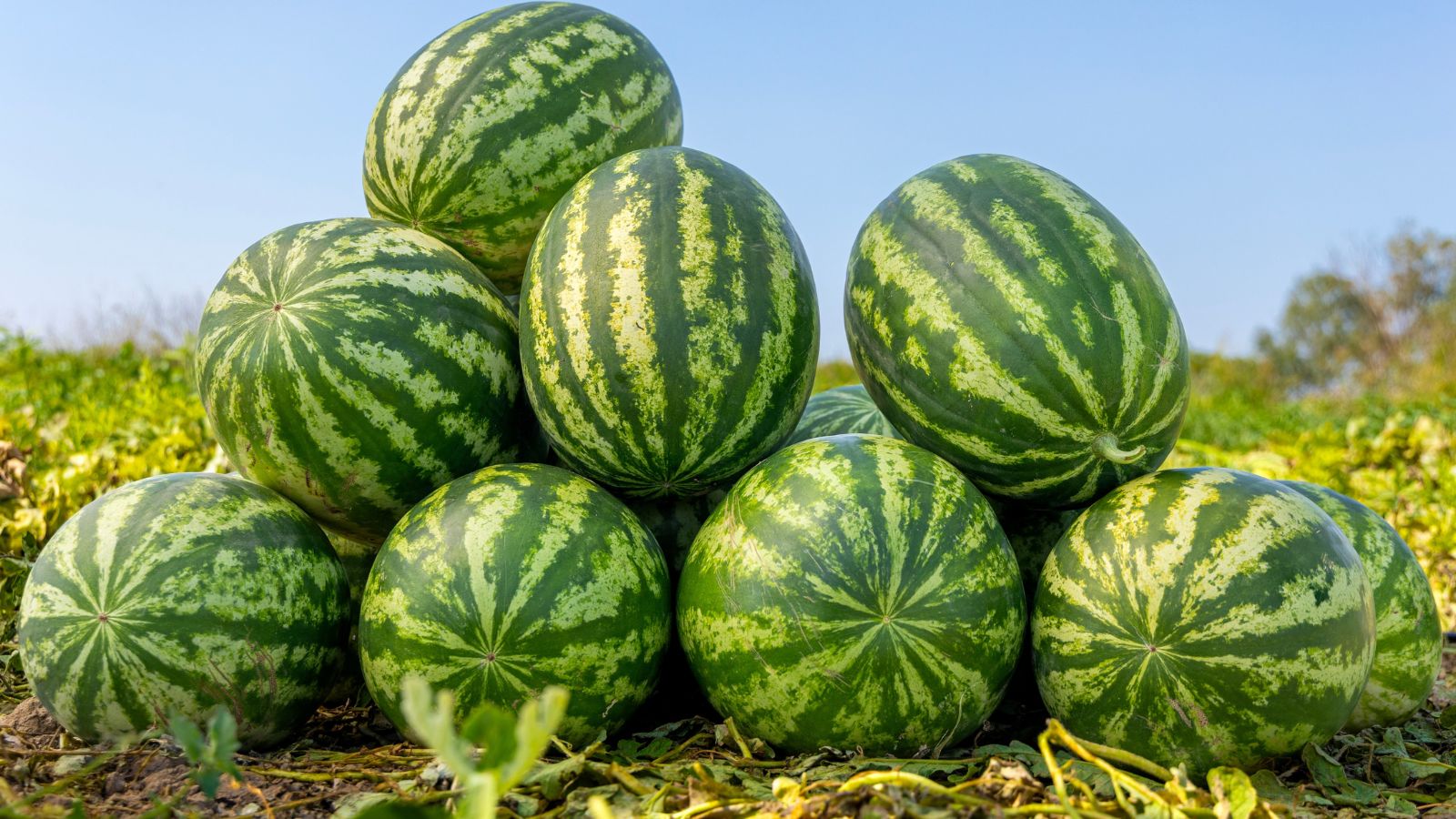
As their sheer size suggests, watermelons need ample space both above and below the soil, as their sprawling vines can reach several feet, and their roots dig deep to access water and nutrients. Containers simply don’t offer enough room for this massive plant to thrive; people sometimes attempt it, but they tend to suffer from poor fruit development and often die rather quickly.
Artichokes
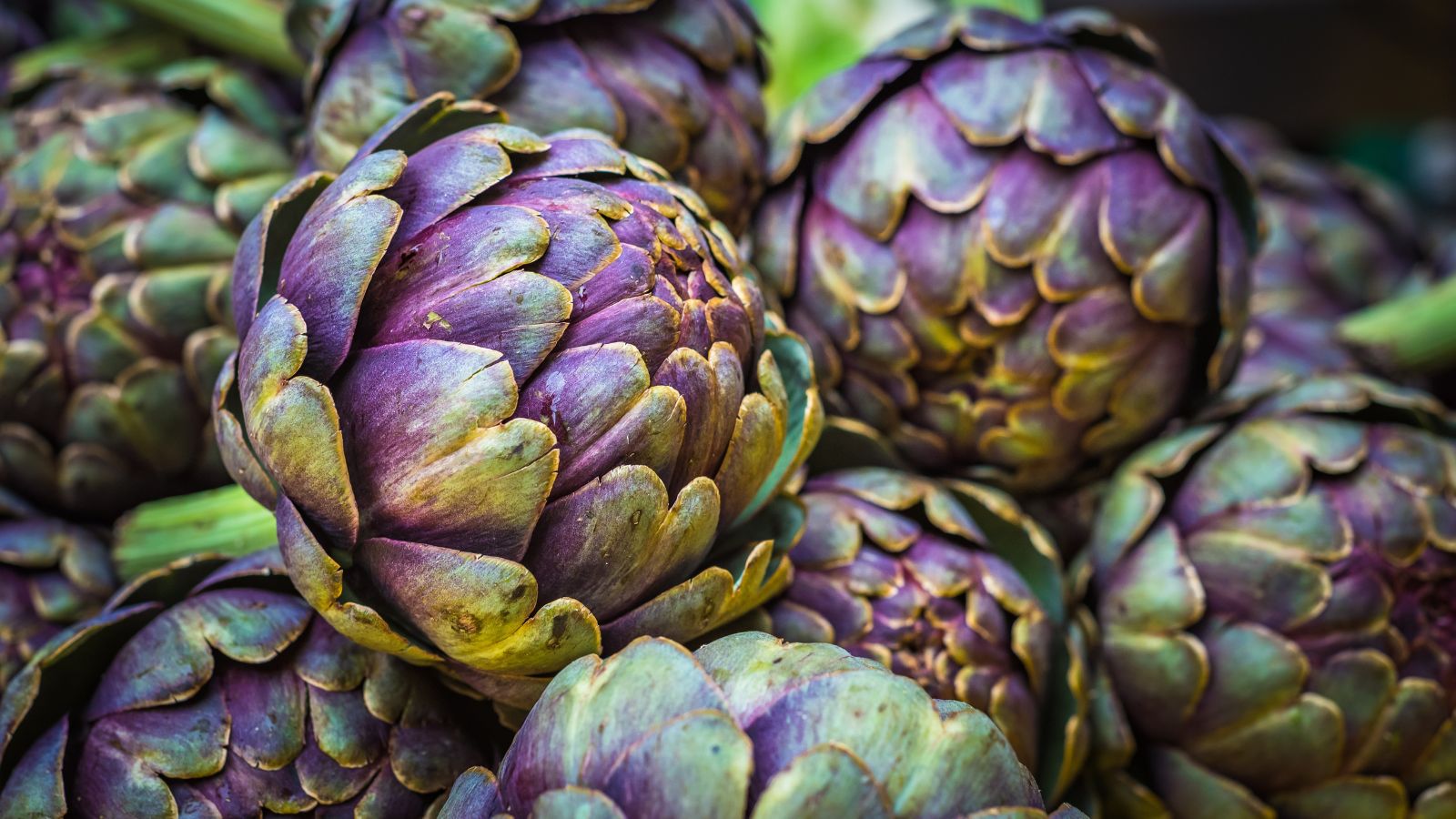
Artichokes are large, striking plants, but they just don’t belong in pots. Their roots grow deep, and they need plenty of space to spread out–otherwise, their growth will be stunted, causing them to die prematurely. They also have long growing seasons, requiring consistent care that is better suited to garden beds.
Brussels Sprouts
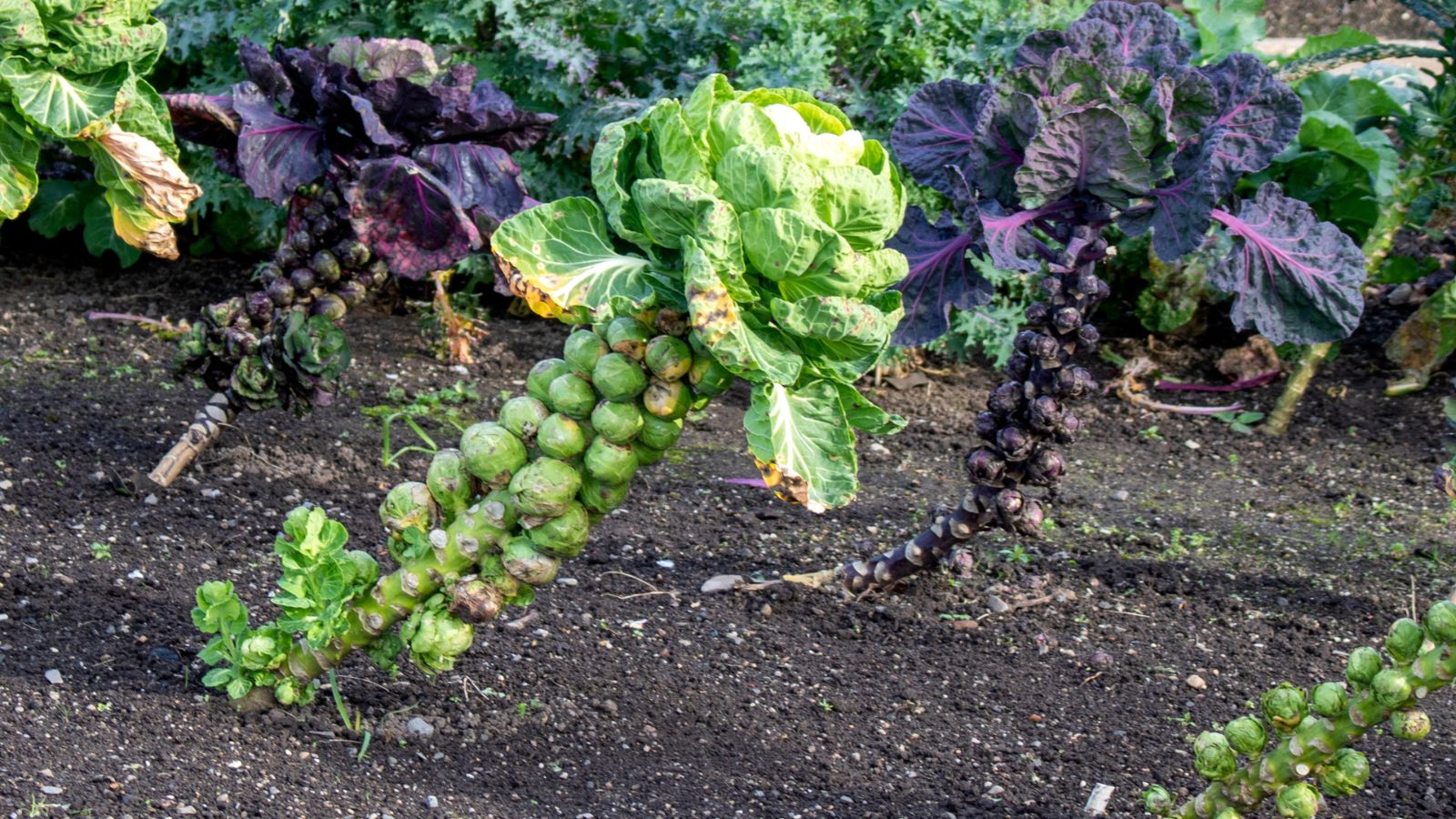
Planting Brussels sprouts is a wonderful idea for both nutrition and taste, but they need plenty of time and space to develop their tight little heads. Sadly, this means that pots can’t really provide the growing conditions these vegetables need. In containers, Brussels sprouts often become leggy and fail to produce healthy heads, leaving gardeners disappointed.
Cantaloupe
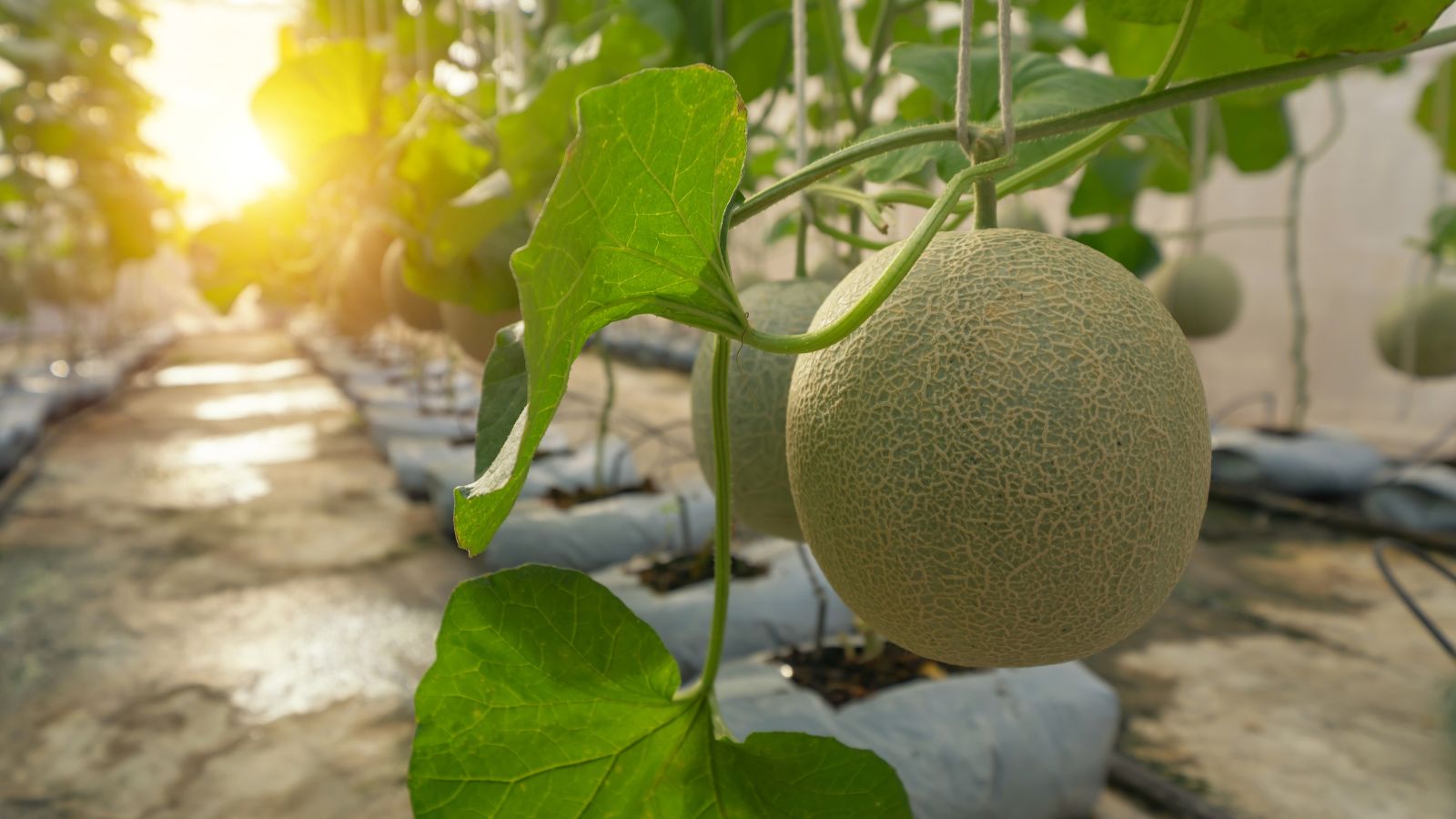
Like watermelons, cantaloupe requires a lot of space to grow because of how their vines stretch over large areas. Furthermore, they need deep soil to support the plant’s nutritional needs, something that even the deepest containers will struggle to accommodate. You won’t want to end up with small, poor-quality cantaloupes, so make sure you reserve them a space in a garden bed or raised bed.
Horseradish
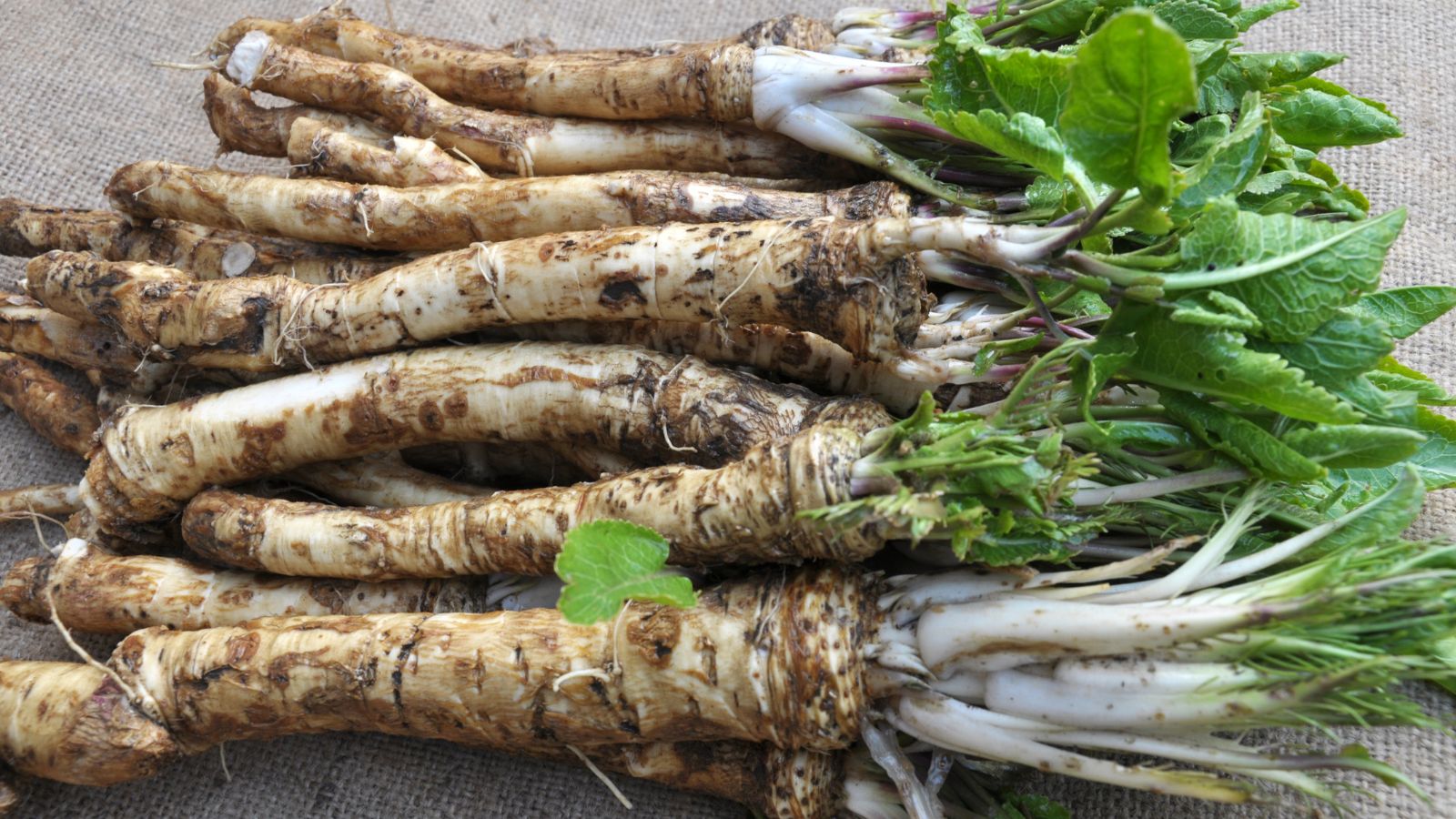
Even though horseradish is known for its vigorous growth, it is dependent on having plenty of underground space. Its long, thick roots spread deep and wide, making containers a poor choice for growing this pungent plant, because without room to expand, its roots will be weak and underdeveloped, resulting in a poor harvest and a plant that’s likely to suffer.
Winter Squash
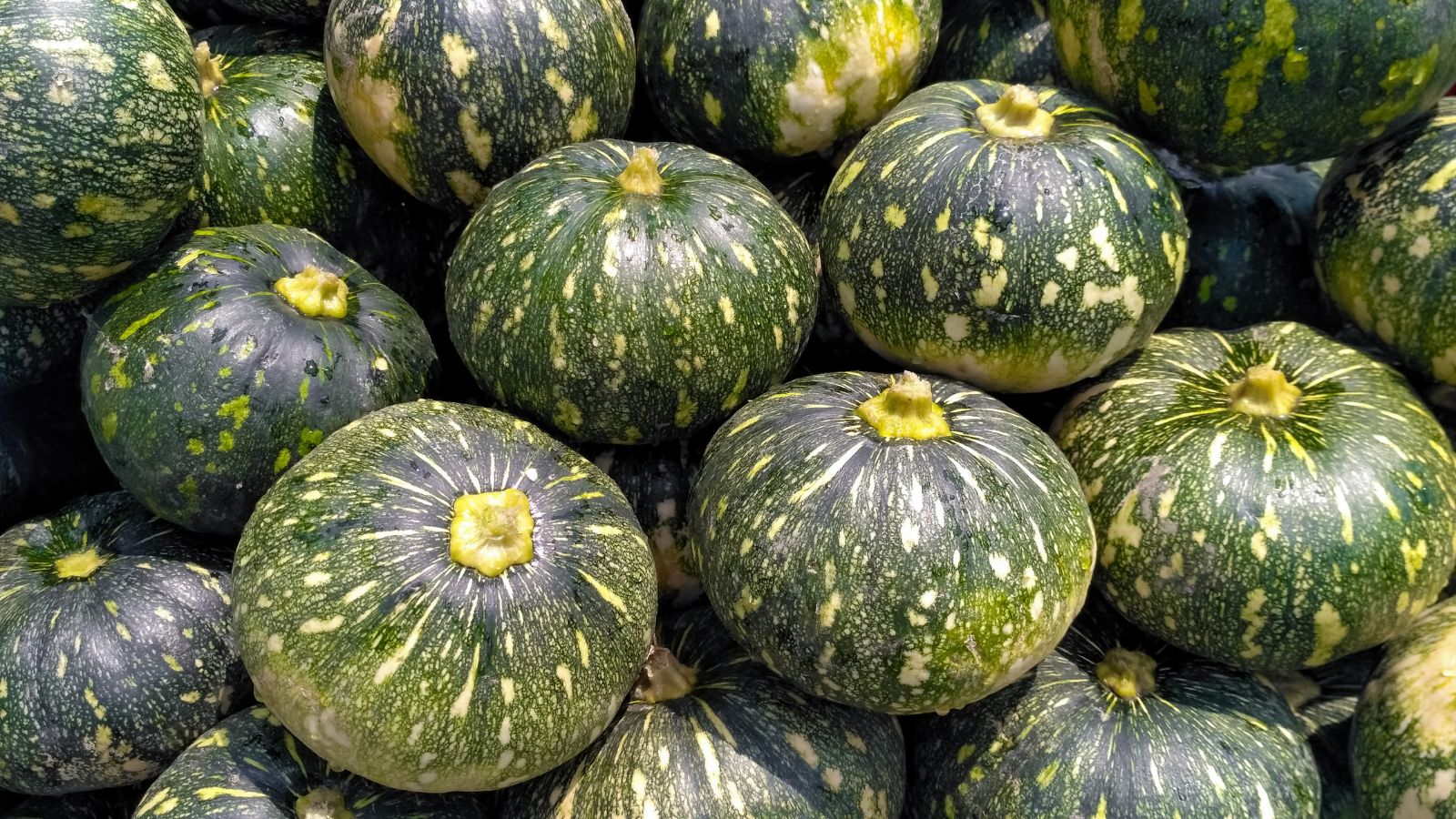
Winter squash varieties such as butternut and acorn shouldn’t be grown in pots, as this will only lead to their speedy demise. They need a lot of room to grow and sprawl out, as their vines can stretch several feet, and rich, deep soil is necessary to support their heavy fruit. So, don’t waste all that time and effort–keep them out of containers and allow them to truly thrive.
Full-Sized Carrots
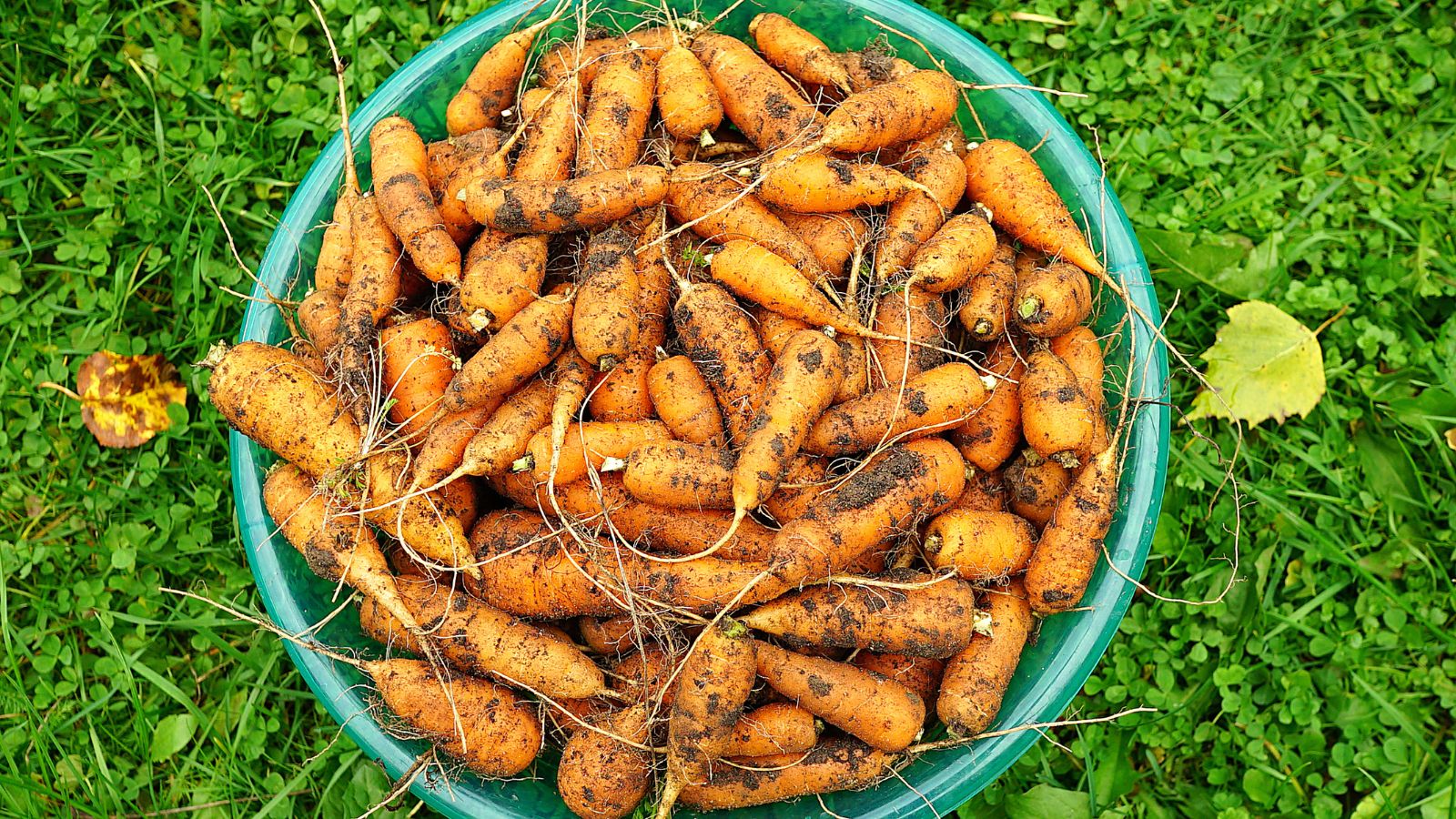
While it’s true that short-rooted carrot varieties can survive in containers, most full-size carrots need deep, loose soil to grow properly. Shallow pots or compacted soil will often result in misshapen carrots that are often tough and bitter, and even if you’re fine with that, large pots tend to struggle to house the loose, deep conditions carrots need. Ultimately, a healthy carrot crop is best planted directly in the garden where its roots can stretch.
Celery
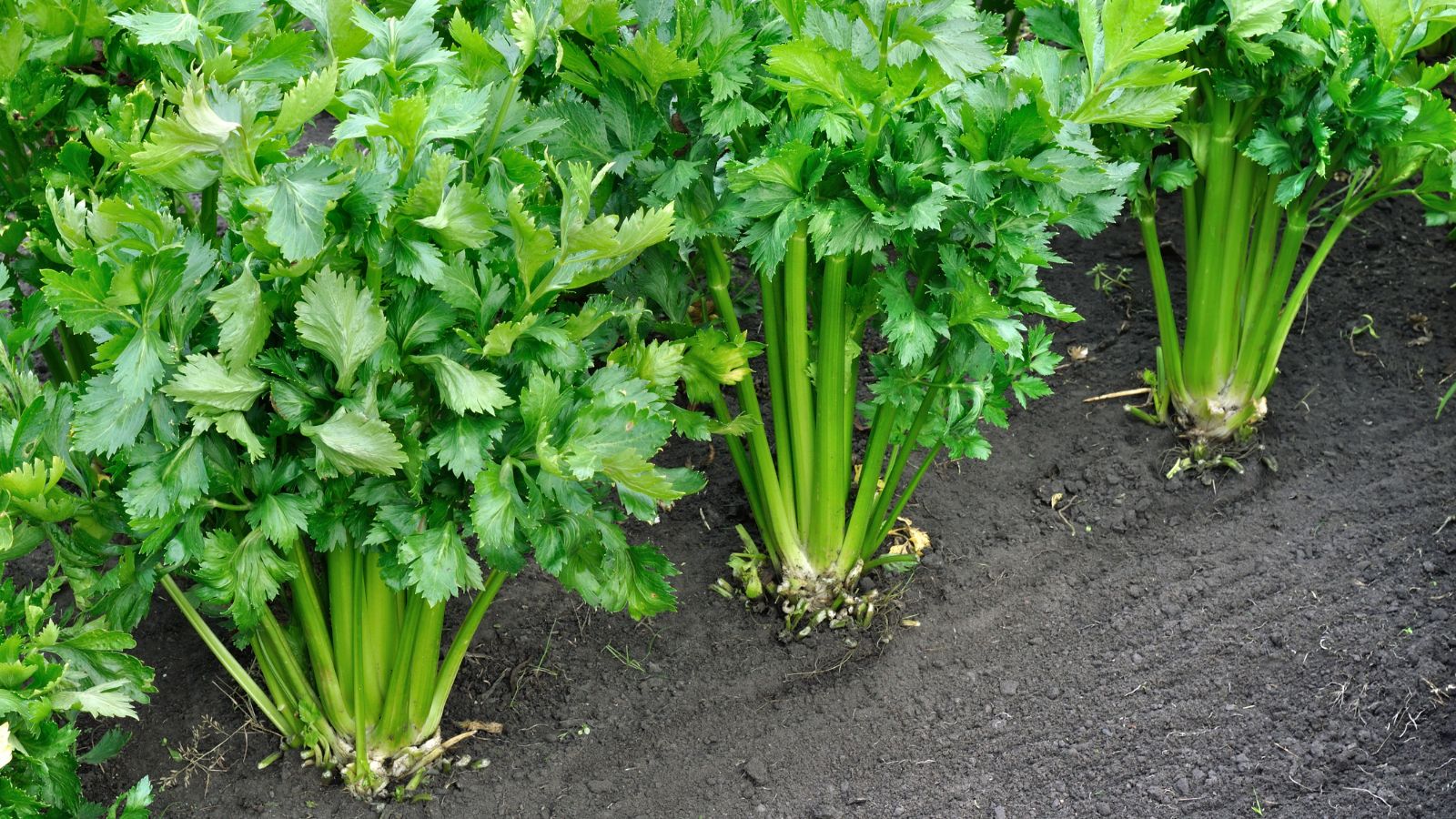
Finally, celery demands consistently moist soil and ample space for its shallow but widespread root system, and pots tend to dry out quickly, so they’re just not suitable. Moreover, the lack of space in containers also causes celery to become stringy and tough, making it far less enjoyable to eat. Plant them in your garden’s soil, though, and you’ll no doubt have crisp, delicious celery for snacks and salads in no time.
